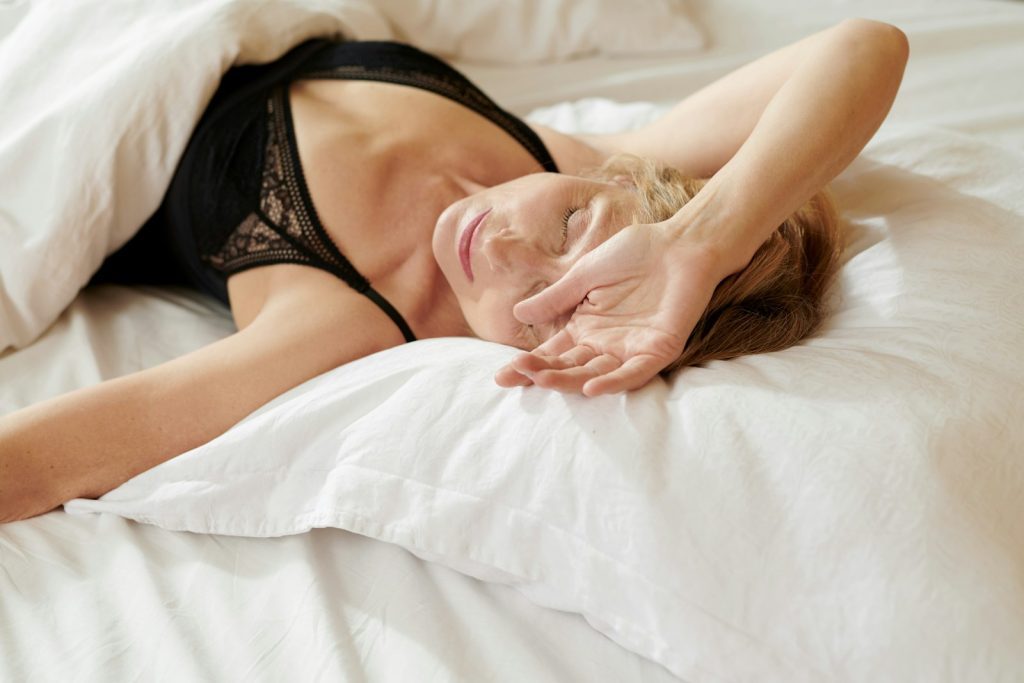Sleep apnea, a disorder that causes breathing to repeatedly stop and start during sleep, affects millions of people worldwide. Not only does it disrupt sleep quality, but it also poses serious health risks, including heart disease, diabetes, and high blood pressure. However, the landscape of sleep apnea treatment has evolved significantly, offering new hope to those struggling with this condition. This comprehensive guide explores the latest treatments for sleep apnea, aiming to restore the silent, peaceful nights that everyone deserves.

Understanding Sleep Apnea
Before delving into treatments, it’s essential to understand the two main types of sleep apnea: Obstructive Sleep Apnea (OSA) and Central Sleep Apnea (CSA). OSA, the more common form, occurs when throat muscles relax and block the airway during sleep. CSA, on the other hand, happens when the brain doesn’t send proper signals to the muscles that control breathing. Recognizing the type of sleep apnea is crucial for effective treatment.
Traditional Treatments for Sleep Apnea
Traditionally, Continuous Positive Airway Pressure (CPAP) machines have been the cornerstone of sleep apnea treatment. CPAP devices deliver a steady stream of air through a mask to keep the airways open during sleep. While CPAP is highly effective, some find the masks uncomfortable and the machines cumbersome, leading to a search for alternative treatments.
Advancements in Sleep Apnea Treatments
The field of sleep apnea treatment has seen remarkable advancements, offering alternatives that cater to different needs and preferences. Let’s explore the latest options:
1. Auto-Adjusting Positive Airway Pressure (APAP)
APAP machines automatically adjust the pressure throughout the night based on your breathing patterns, providing a more comfortable and tailored treatment experience than traditional CPAP machines.
2. Bilevel Positive Airway Pressure (BiPAP)
BiPAP devices use two pressure settings, one for inhalation and a lower one for exhalation, making them ideal for those who find CPAP pressure uncomfortable or for patients with more complex forms of sleep apnea.
3. Oral Appliances
For mild to moderate OSA, oral appliances designed to keep the throat open can be an effective treatment. These devices, which resemble sports mouthguards, reposition the jaw or tongue to prevent airway blockage.
4. Inspire Therapy
A groundbreaking option for those unable to tolerate CPAP is Inspire Therapy. This surgically implanted device stimulates the nerve that controls tongue movement, keeping the airway open throughout the night. It’s controlled by a remote, allowing the user to turn it on before bed and off upon waking.
5. Positional Therapy
For some, sleep apnea symptoms worsen when sleeping on the back. Positional therapy involves wearing a device around your waist or back that encourages sleeping on your side, thereby reducing the likelihood of airway obstruction.
6. Weight Management
Obesity is a significant risk factor for OSA. Weight loss, through diet and exercise or bariatric surgery in severe cases, can dramatically reduce the severity of sleep apnea symptoms for some individuals.
7. Upper Airway Surgery
In cases where anatomical issues contribute to sleep apnea, surgeries such as Uvulopalatopharyngoplasty (UPPP), Maxillomandibular advancement (MMA), or tonsillectomy may be recommended to enlarge the airway and improve breathing during sleep.
Future Directions in Sleep Apnea Treatment
The future of sleep apnea treatment is promising, with research focusing on innovative solutions such as nerve stimulation therapies beyond Inspire, drug treatments to stabilize breathing patterns, and even wearable technology to monitor and manage sleep apnea more effectively.
Lifestyle Changes and Sleep Apnea Management
Beyond medical treatments, lifestyle changes can play a significant role in managing sleep apnea symptoms. Regular exercise, maintaining a healthy weight, quitting smoking, and avoiding alcohol before bedtime can all contribute to reducing sleep apnea severity.
Conclusion
Sleep apnea is a challenging condition, but the latest treatments offer new hope for those seeking a return to restful, silent nights. From technological advancements in CPAP machines to surgical options and lifestyle changes, there are now more paths than ever to manage sleep apnea effectively. If you suspect you have sleep apnea, consult with a healthcare provider to explore the best treatment options tailored to your specific needs.
Remember, overcoming sleep apnea is a journey, and with the right treatment plan, you can achieve better sleep quality and improve your overall health. The night is meant for rest, not struggle. With the advancements in sleep apnea treatments, silent nights and peaceful dreams are within reach.
Stelly is a health enthusiast and a devoted mom who channels her passion for wellness into her writing. With a strong focus on living a balanced and healthy lifestyle, she shares insights on everything from nutrition to self-care. Her love for yoga and staying active reflects her commitment to personal well-being, and she enjoys finding peaceful moments to read and recharge. Stelly's experiences as a mother and her dedication to health inspire her to offer practical, relatable advice to others looking to enhance their well-being while navigating the demands of daily life.
